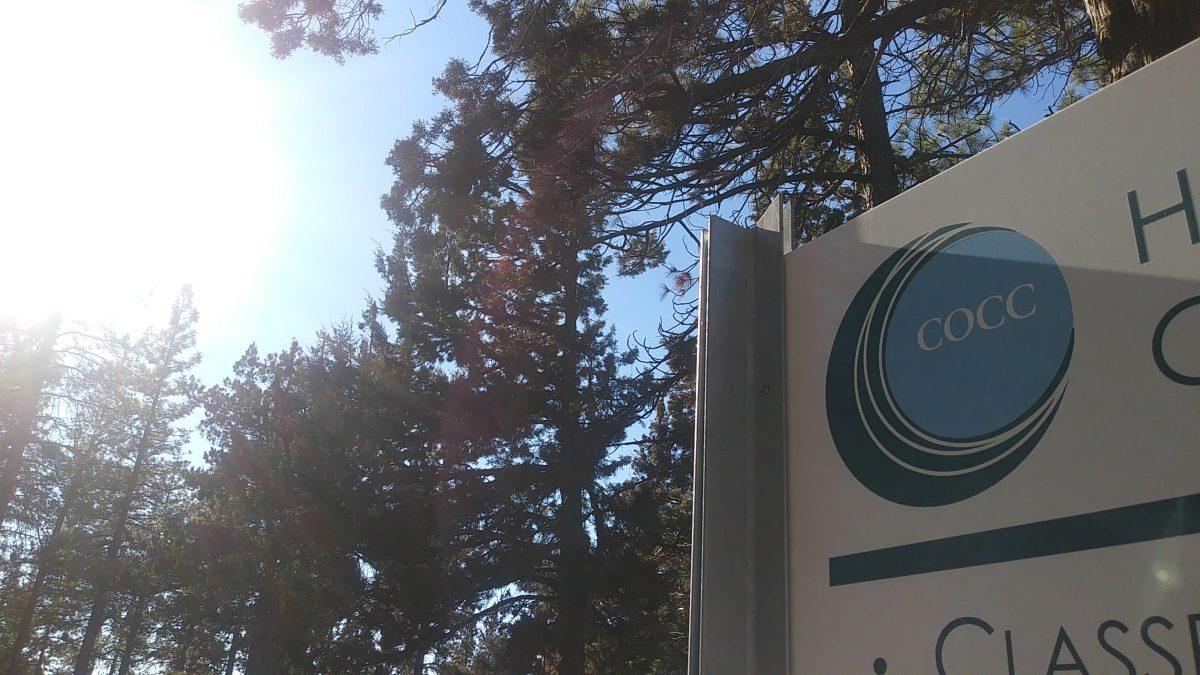
Tobey Veenstra
The Broadside
Despite being nestled in the shade of tall trees, Central Oregon Community College may install solar panels.
Since it is in the process of constructing new buildings on its campuses, COCC is required by Oregon law to invest 1.5 percent of the projects’ budget in solar technologies. COCC officials are seeking proposals from companies that will provide and install the panels, according to a solar array feasibility study presented during the last board of directors meeting.
“Having a company install the panels … shifts the cost from a first cost to an operating cost,” said Amy Jarvis, a representative of Mazzetti Nash Lipsey Burch, the firm that conducted the study. “The first cost is a set cost to put the panels on the buildings … the operating cost is for the maintenance of the panels … so it’s like a one-time capital cost versus an ongoing cost to maintain the panels.”
The buildings that could feature solar panels include the health careers building, the science building and the residence halls expansion on the Bend campus, as well as the technology center in Redmond and the education center in Madras.
The college is required to spend a combined $631,079 from these projects’ budgets on solar technologies.
These new buildings were designed with the panels in mind, according to COCC’s construction director Gene Zinkgraf.
The majority of the buildings will have southern roof exposure for the panels, which is preferred for maximum energy output. The buildings will also have conduits for the panels’ wiring, said Zinkgraf.
The study found almost 600,000 square feet of space available for solar panels on the campuses, which would be able to generate an output of almost 5 million kilowatt hours. Because of the shading from the trees, the study determined the Bend campus to generate a much lower array output than the Redmond and Madras campuses, according to Jarvis.
“Redmond is great. Madras is great. Bend, not so much,” said Jarvis. “There’s too many trees.”
Once the panels are installed on the campuses, COCC is projected to save $339,900 in electricity after the first year.
Along with COCC, the Oregon State University-Cascades campus is also interested in energy management projects. Last year the campus was looking to invest around $650,000 to install solar panels on the Cascades Hall roof and on a new parking garage, but
this project is currently in flux, according to Matt Shinderman, a natural resources instructor at OSU-Cascades.
“We scaled it back to around $350,000 … and then it went to Corvalis for the procurement process,” said Shinderman. “I literally have not heard anything about it since then.”
OSU-Cascades officials are currently looking into a groundsource geothermal heat pump for Cascades Hall, which will have a more significant impact on total energy demand than the proposed solar project, said Shinderman.
Although he isn’t directly involved with COCC’s solar project, Shinderman believes it will be a positive change to the campus.
“I think it’s a good sign that COCC is moving in that direction,” said Shinderman. “It can be difficult for a large entity to take on such a process … so it’s encouraging to see them take that step.”
1,455,900 (Madrass Campus)
Maximum first year energy savings for all high priority panels
$339,000
Tobey Veenstra can be reached [email protected]







